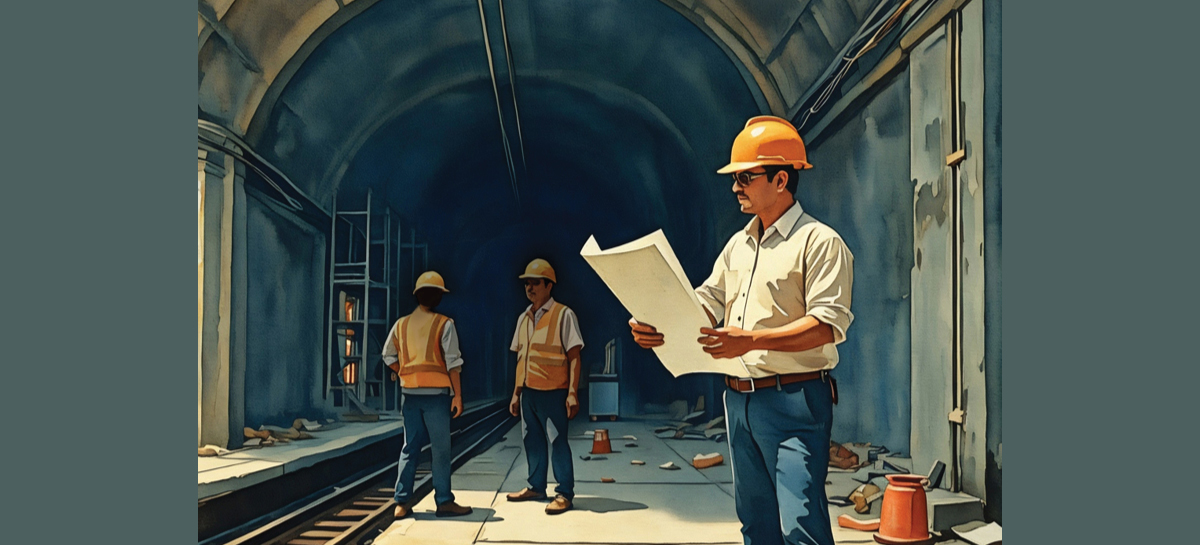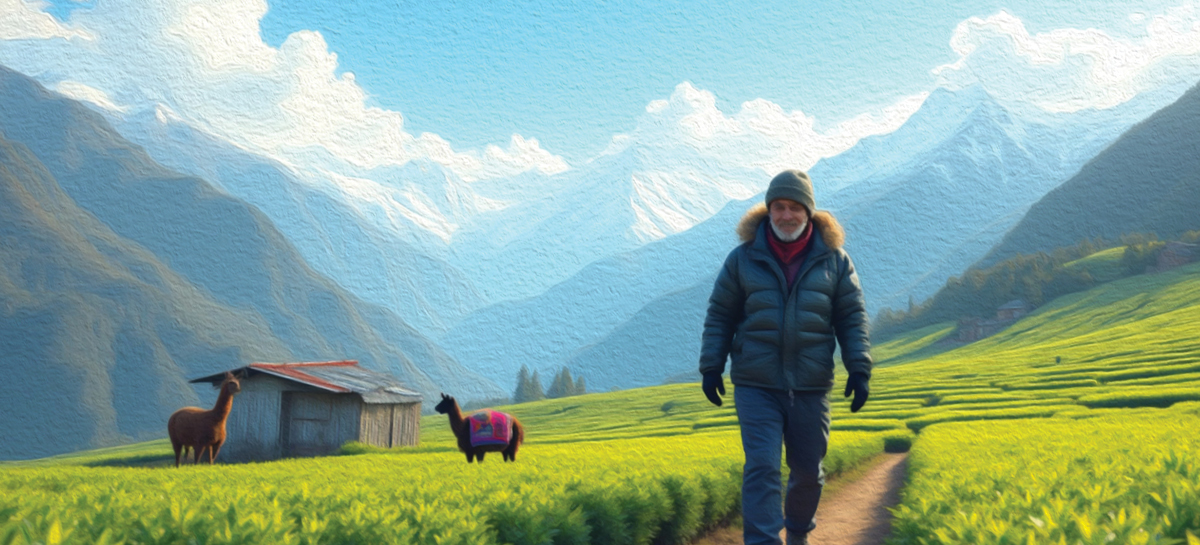I graduated from B. E. College in 1963 and entered the Eastern Railway services as a civil engineer. Once I was made Deputy Chief in 1976, I moved on to Metro Railways. In 1990 I returned to the railways as Commissioner of Railway Safety. After being appointed Chief Commissioner, I served in Lucknow until my retirement.<
I was part of the team that built Kolkata’s metro in 1984. As the first such system in the country, it drew intense scrutiny, and we worked twice as hard to ensure every line was safe. Along the way, we faced serious setbacks: the collapse of Kalighat station one day, and during grouting on the Budge Budge line, we uncovered severe track issues.
Thanks to relentless teamwork and the goodwill of the city’s residents the network’s inauguration went off without a hitch. On that October day in 1984, the very first train ran between Bhawanipore, later renamed Netaji Bhawan, and Esplanade, marking a proud milestone for Kolkata and India alike.
In the early days of my tenure at Metro Railways, we battled chronic waterlogging. A major flood at Bhawanipore station once forced a complete evacuation and halted service until we could clear tonnes of mud from the tunnels. Whilst constructing the metro, we learned a lot from other countries, but problems such as flooding we peculiar to a place like Kolkata, and we had to learn a lot on the job.
Looking back, my years in the railways were defined by challenges met, friendships forged, and the enduring satisfaction of seeing a lifetime’s work carry millions of passengers every day.
(as narrated to Support Elders by our member)


